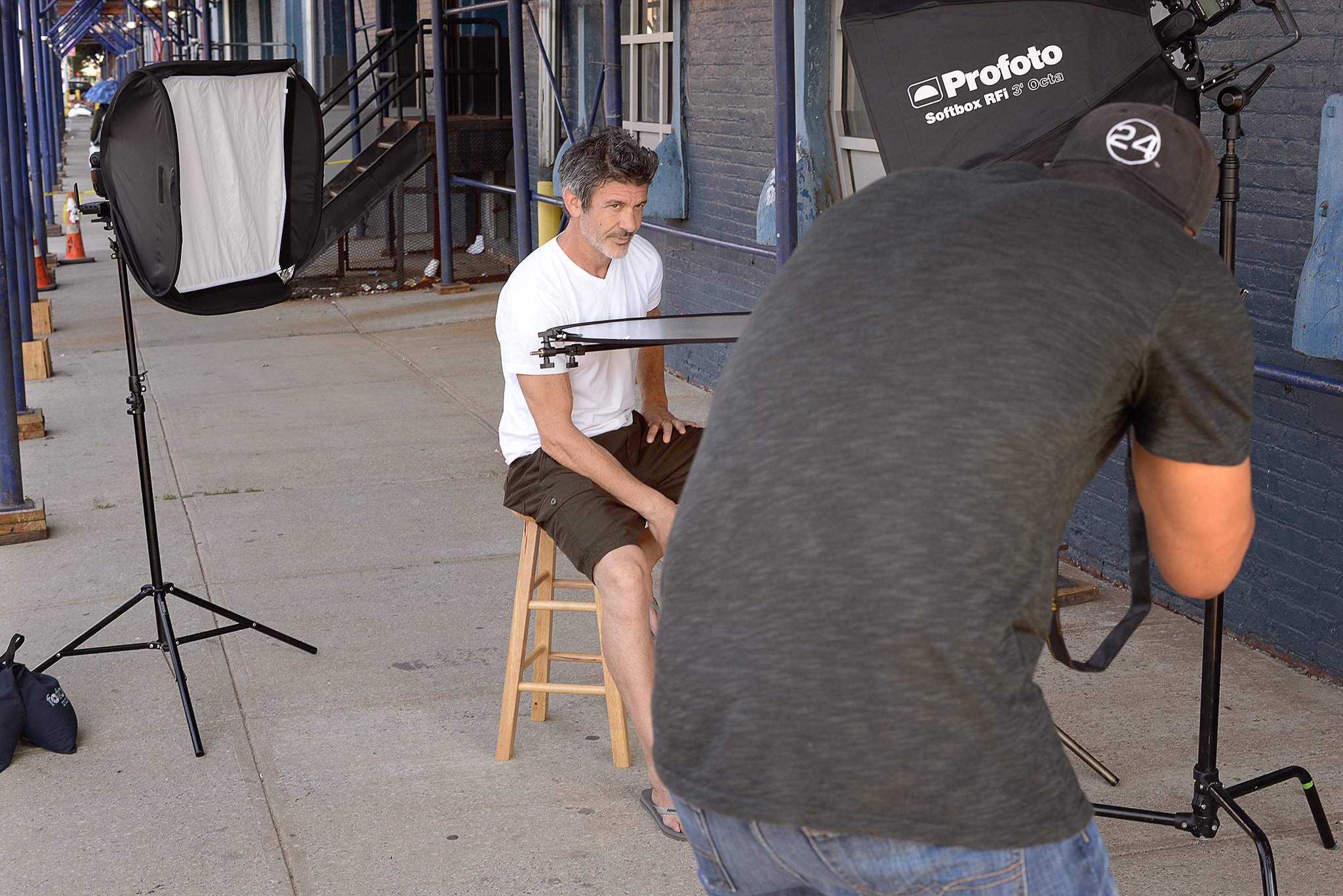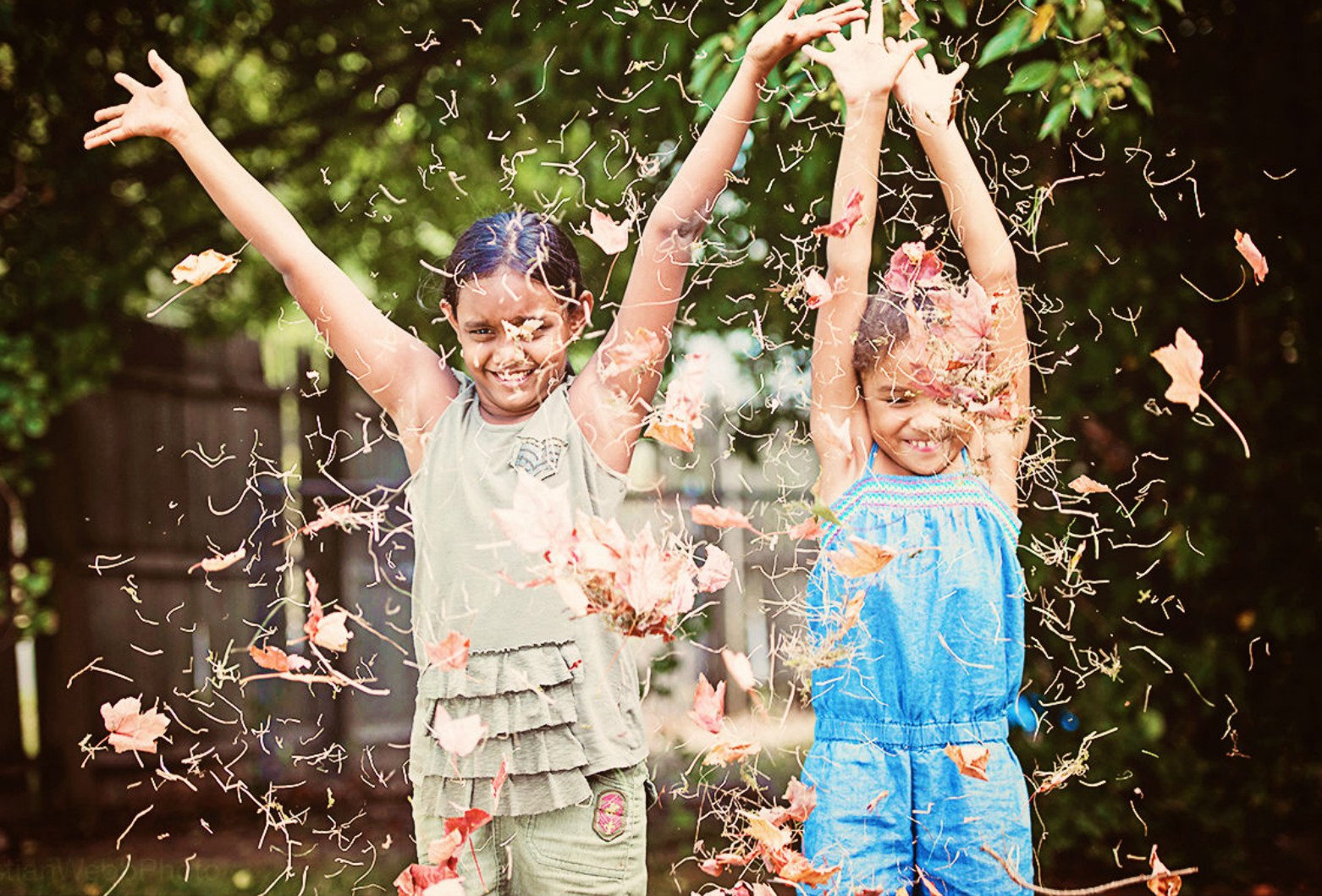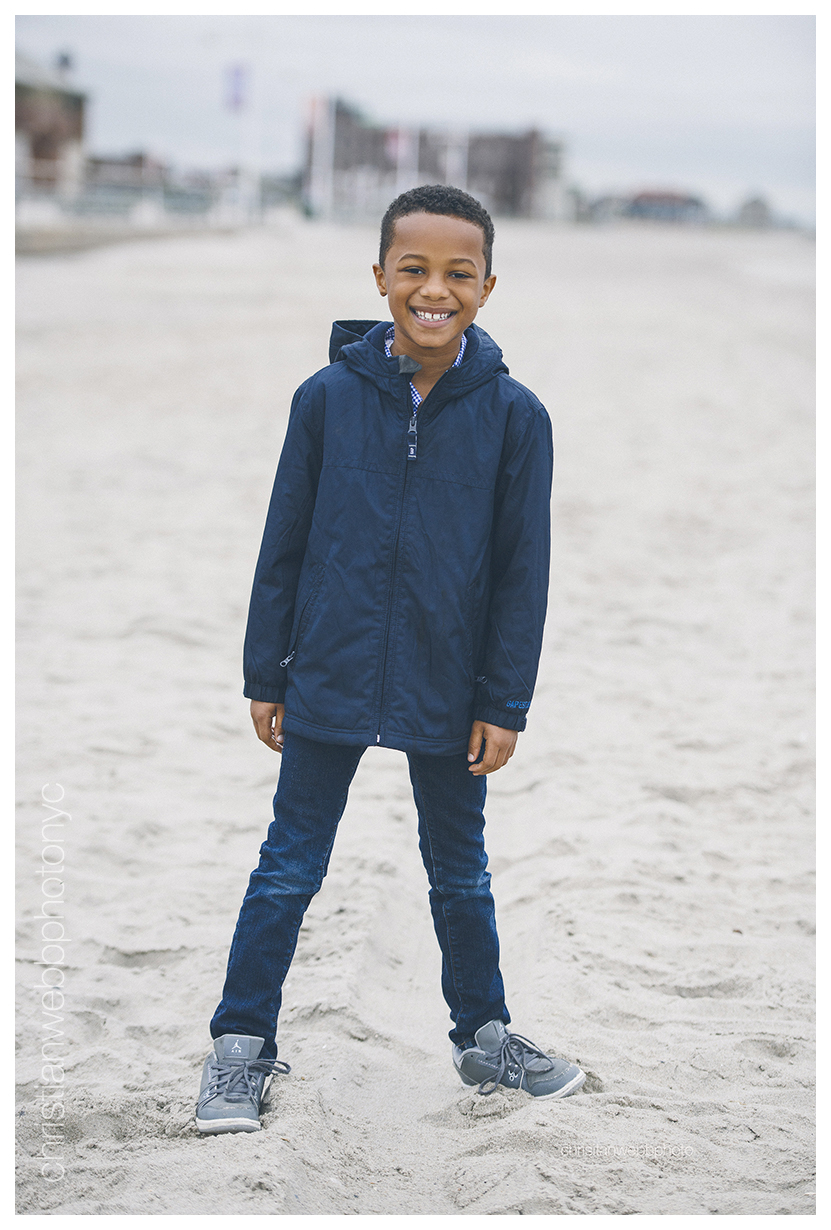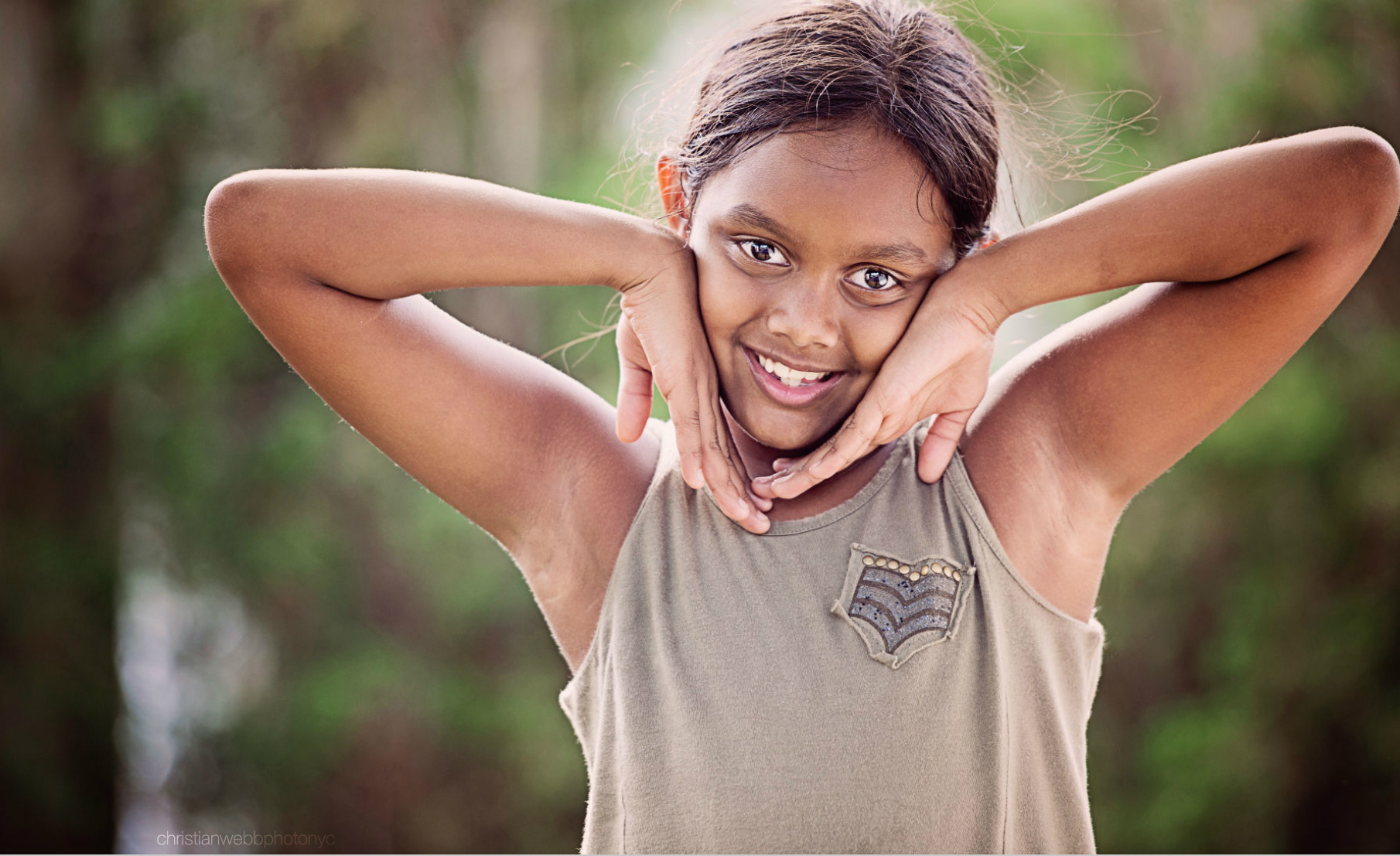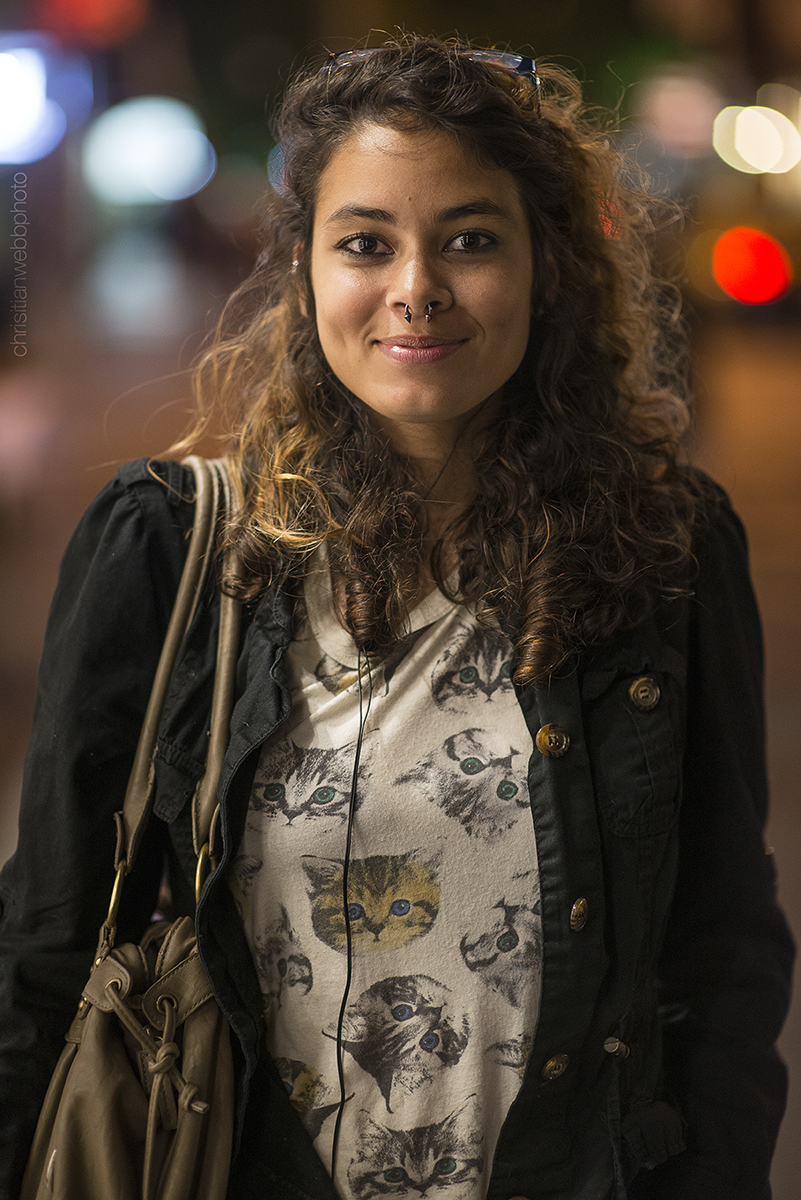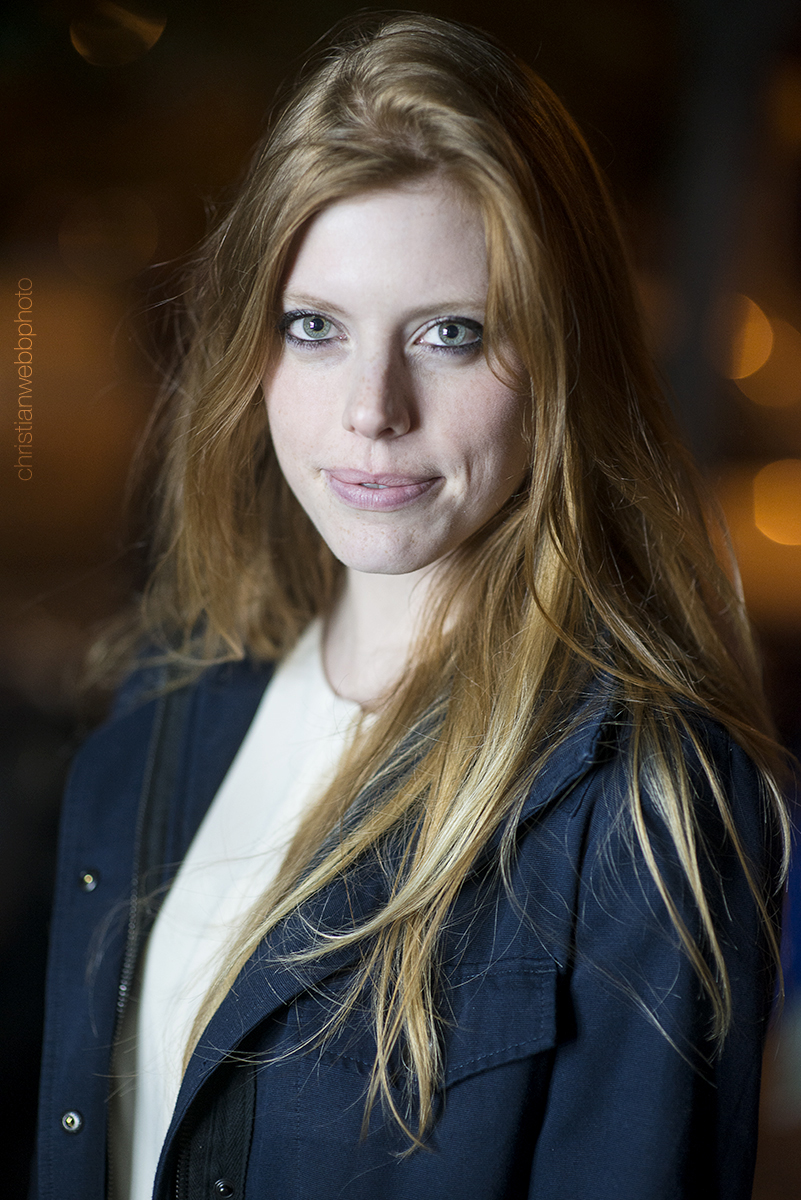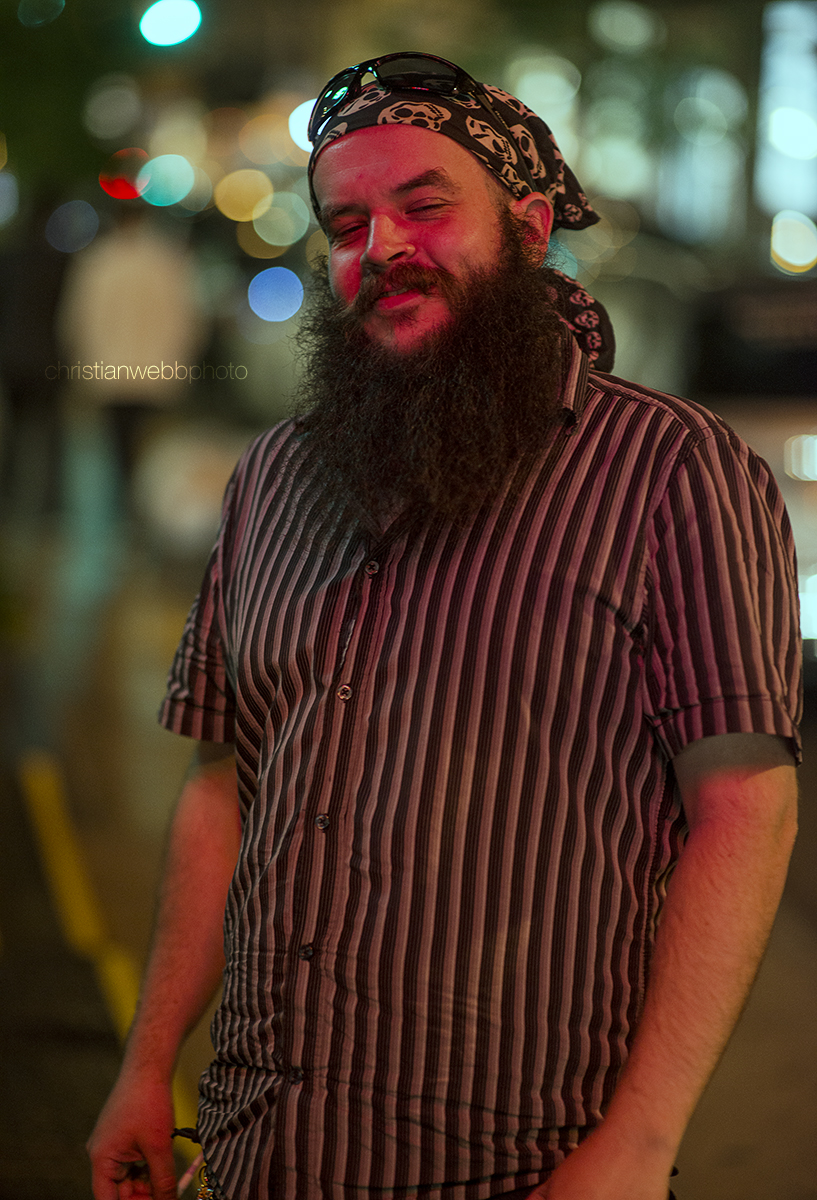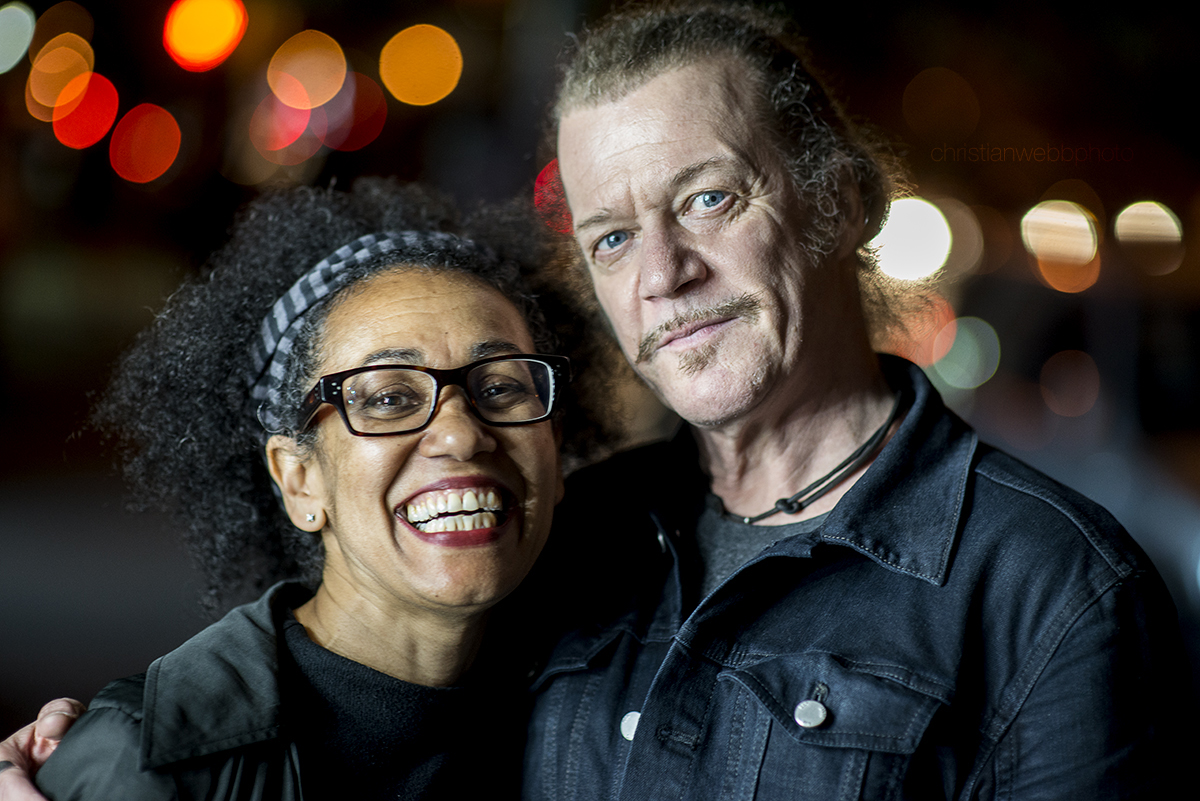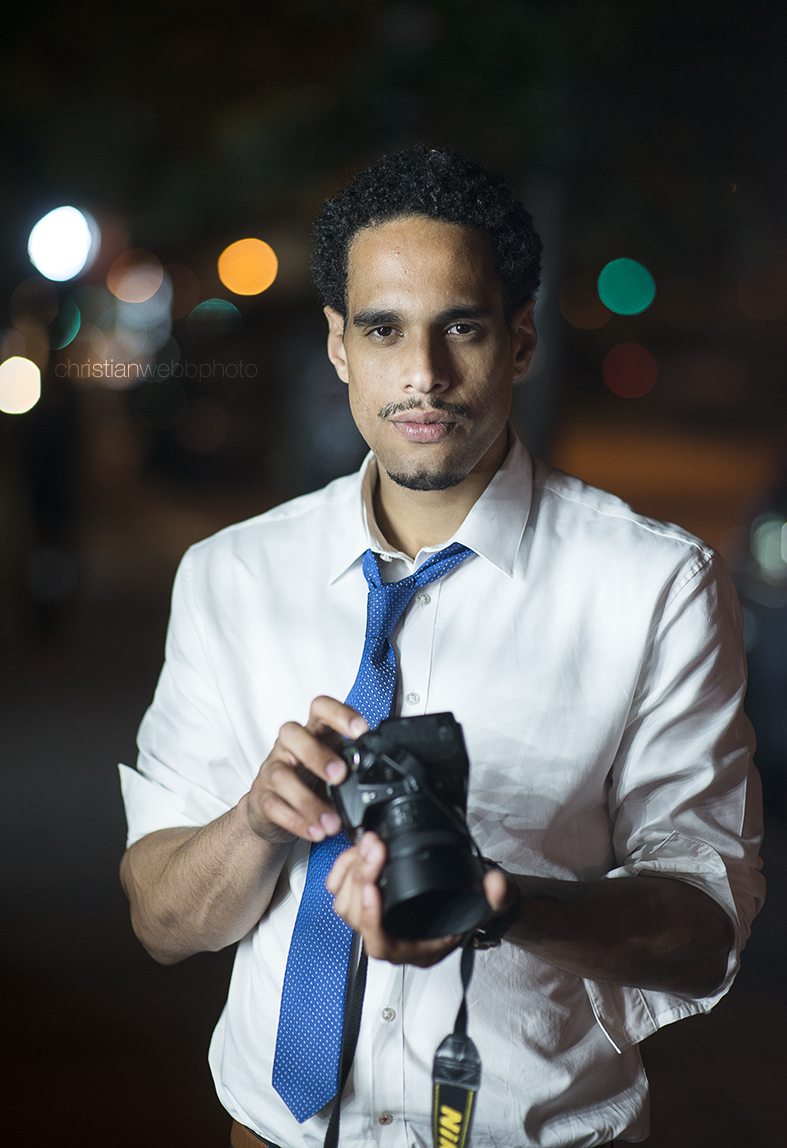 I've been receiving a lot of wonderful feedback as of late from various enthusiasts and professionals within the photography communities I'm a part of. First, I'll say it's an awesome feeling to receive the amount of positive energy and love from so many people I don't even know! Even more awesome is that many are professionals that I admire greatly! With all of that said, I've also received a lot of inquires relating to my work and how some of the photos are shot. Questions ranging from my set up, how I work during a shoot and what my post processing involves. So, I've decided to take a few of those question and answer them here on my blog. Now, my blog receives very little traffic! lol. I've yet to figure out how to make this work and I spend little time focused on it. However, it's easier to write such long winded posts here and then, share via my other social media outlets. (all of which I'm no where near mastering either!)
I've been receiving a lot of wonderful feedback as of late from various enthusiasts and professionals within the photography communities I'm a part of. First, I'll say it's an awesome feeling to receive the amount of positive energy and love from so many people I don't even know! Even more awesome is that many are professionals that I admire greatly! With all of that said, I've also received a lot of inquires relating to my work and how some of the photos are shot. Questions ranging from my set up, how I work during a shoot and what my post processing involves. So, I've decided to take a few of those question and answer them here on my blog. Now, my blog receives very little traffic! lol. I've yet to figure out how to make this work and I spend little time focused on it. However, it's easier to write such long winded posts here and then, share via my other social media outlets. (all of which I'm no where near mastering either!)
Okay, so today's question(s) comes from a photographer in London named Nina. It's regarding the shot posted above. Here's her original question(s) as it appeared on my FB:
1.) How much instruction to the clients when it comes to posing, expression and such?
A LOT! I can't stress that enough! Many people, including actors are not comfortable sitting down for a headshot. As a result, they tend to stiffen up and also, have little idea of what to do with themselves. Most haven't studied posing and photography either and are not conscious of the fact that slight movements of their head, their body angle can change an entire shot. After make-up / hair is done and they first get in front of the camera, I spend a good five minutes or so just discussing the nuance of movement and different angles. I talk about what I'll be telling them throughout the shoot and help them to understand why I'm coaching them as I am. One quick example - I tell the client to sit as they'd like, natural but as they normally would to have their photo taken. Just about EVERYONE sits upright and lift their heads, chins and lean back and away from the camera. I take a quick shot. Then, I instruct them to drop their head, drop their chin some and lean in slightly toward me. I take that shot and show then show them both pics. They're AMAZED at the difference and it helps for the rest of the shoot. With regard to expression, it's probably THE single most important thing during the shoot. It takes A LOT of work, A LOT of coaching and A LOT of communication to get what you need, what they need. Sometimes, you get people who just....get it....and they're great with bringing a range of emotions and different looks. They're fun, dynamic with their looks and extremely versatile and know how to work the camera. Sometimes though, a lot of times, you get people who have one maybe two looks in their arsenal and THAT'S IT! You have to spend time getting them to open up and to feel comfortable enough to go through ranges of emotions. For the most part, it's all fun! It's just knowing how to talk, have fun and relate to the clients. Often times, you have to go above and beyond to get them going but hey, that's all part of the magic!
2. ) Camera alignment:
I try to stay pretty level with the client. There are times when I do get slight angles from above based on how much I have the client leaning in toward me. I usually make adjustments in my stance and such to accommodate the movements though. I spend a good amount of time dancing around and shuffling my feet/stance! I don't like extreme angles from above and definitely not from below!
3.) The variance in blur between background & subject - is it achieved or modified in post:
I shoot at an aperture of 3.2 with a 70-200mm lens zoomed all the way out to 200mm so everything blurs. This plus the fact that my clients are not sitting against any particular backgrounds outside is how the look is achieved. I do absolutely nothing in the post processing regarding the backgrounds. If anything, I will occasionally need to clone stamp, crop out or blur random blurred items or distracting elements but other than that, the shots are as is when they come from the camera.
So, hope I've shed some light on things and answered the questions thoroughly. "Thank You" to Nina for the question and hopefully others will find this post informative.
~ Christian



